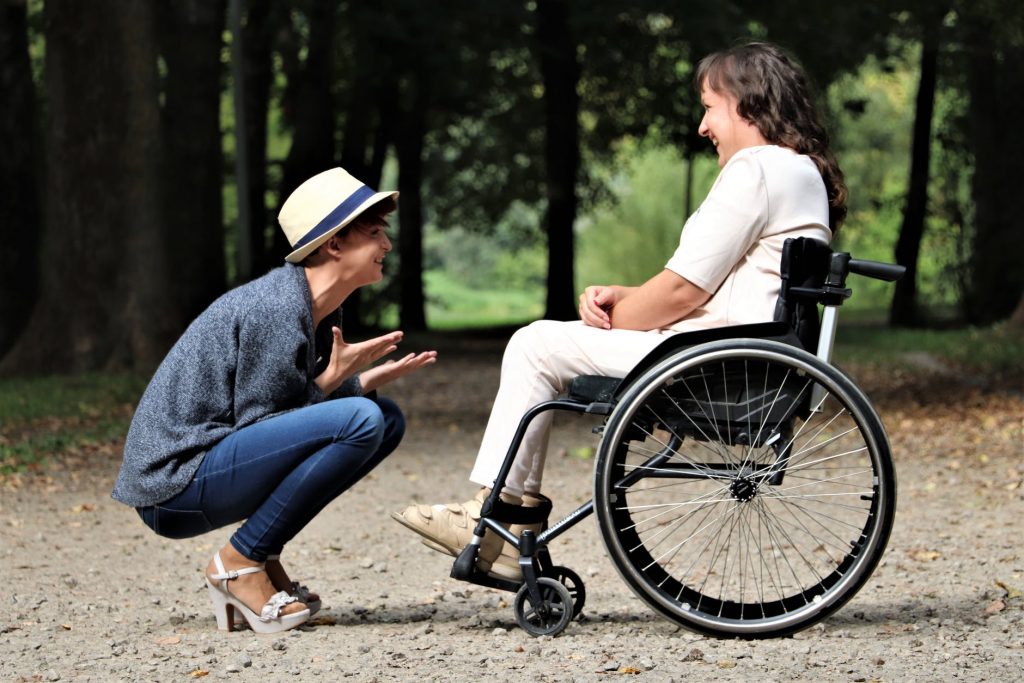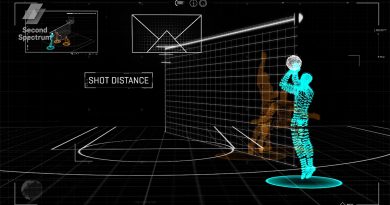Understanding Permanent Partial Disability (PPD)
If you have experienced some form of work-related injury or occupational disease, and if the resulting impairment must be managed because a full recovery is not possible, you may have what is known as a Permanent Partial Disability (PPD) – check for a ‘disability attorney near me’ if you have been affected and you would like further information.
There is a distinct difference between PPD and a ‘total’ disability, as with PPD the condition is generally spoken of as being a limiting impairment but where there has not been a complete loss of function – i.e. carpal tunnel syndrome is considered to be a type of PPD, whereas the total loss of function in the hand would be considered a complete disability.
Common types of injuries related to PPD
Injuries relating to back pain are among the most prolific types of PPD injury. However, there are multiple types of injuries or work related illness that could be diagnosed under the umbrella term of ‘Permanent Partial Disability’.
Examples of PPD include:
- Nerve damage
Nerve damage refers to damage to the nerve system outside of the brain and spinal cord, whereby signals from the brain are limited or scrambled. This can result in localized muscle weakness, pain, and numbness. Injuries to the nerves are very difficult to rectify and healing treatments are expected to take time.
- Partial loss of sight
Injuries in the workplace can lead to the partial loss of vision in either one eye or in both eyes. Incidents could include exposure to hazardous chemicals or injuries caused by objects where personal protective equipment was not provided and where the proper safety procedures were not outlined.
- Carpal tunnel syndrome
Carpal tunnel syndrome occurs where pressure is placed on the median nerve in the wrist (running from the forearm to the palm). The carpal tunnel itself is narrow and surrounded by bones, meaning that any compression from the tissue has nowhere to go but inwards towards the nerve, causing tingling, numbness, and pain.
- Noise induced hearing loss (NIHL)
In the simplest terms, noise induced hearing loss – or NIHL – occurs following prolonged exposure to loud noises. Workers in a range of injuries are susceptible to NIHL, from factory work involving machinery, to working in noisy spaces such as bars, concert arenas, and airports. This type of PPD injury can happen where the proper protective equipment and training is not supplied.
- Post Traumatic Stress Disorder (PTSD)
PTSD is a well-known anxiety disorder brought on by exposure to stressful or frightening situations. Despite PTSD being talked about more than ever, people still do not know that the disorder can be counted as a permanent partial disability.
- Partial or full amputation of a body part such a finger
Where a finger or toe is lost to amputation following or during a work related injury, the resulting reduced functionality of the hand or foot may be classed as PPD.
If you are not sure whether your condition is one of the many medical conditions that falls within the brackets of PPD, speak to your doctor for further information.



